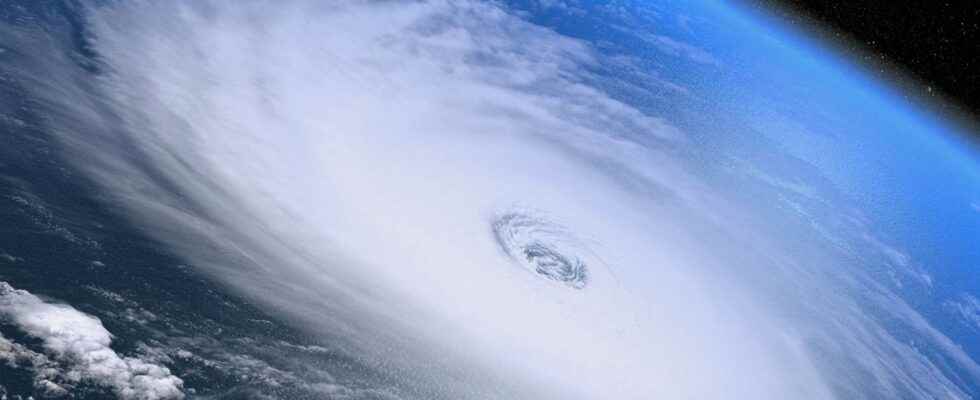In a study published in Frontiers in Earth Science, a team of researchers looks at the impact of cyclones in Asia over the past 40 years. The data shows an increase in damage caused and projections indicating a risk of increase with global warming.
Is the Asian coast threatened by cyclones? A study published on November 30 in the journal Frontiers in Earth Science details the observations of tropical cyclones in the northwest Pacific Ocean and the South China Sea, between 1979 and 2016. The team of researchers from the University of Hong Kong has observed an increase in damage to land by these devastating storms. The latter are gaining in power, and the global warming could play a major role in the occurrence of these phenomena in tropical regions and particularly in East and South Asia.
Devastating cyclones
Asia is one of the regions most affected by the land impact of tropical cyclones. An article published in the journal ScienceDirect shows that between 6 and 7 cyclones sweep the Chinese coasts annually, while the Philippines and Japan experience respectively 4 and 3 typhoons per year. These devastating storms, also called hurricanes in the regions bordered by the Atlantic Ocean and the Northeast Pacific, and typhoons in Asia, can sometimes cause colossal damage. In 2005Hurricane Katrina affecting the Gulf of Mexico and the southern United States, killed 1,836 people, causing $ 125 million in material losses. In 2013, Typhoon Haiyan hit Southwest Asia hard, with more than 7,000 dead in the Philippines and $ 803 million in damage in Hainan province, China.
In this area of the northwestern Pacific Ocean, the meteorologists cross-referenced data collected by four cyclone observation agencies: the Joint Typhoon Warning Center (JTWC), the Hong Kong Observatory (HKO), the China Meteorological Administration / Shanghai Typhoon Institute (CMA / STI), and the Regional Specialized Meteorological Center (RSMC). The study of these data revealed an increase in the power of cyclones during their passages on the coasts.
Since 1979, typhoons observed between Hanoi, Vietnam, and southern China have been longer, extending from 2 to 9 hours and penetrating further inland, between 30 and 190 km. The researchers thus produced a projection of the impact of cyclones on coastal regions during the second half of the 21st century.e century, and future typhoons could prove to be even more devastating.
A gain in power due to global warming?
Based on the data from the study, scientists were able to determine that tropical cyclones were therefore likely to become gradually more powerful with the worsening of global warming. Thus, hurricanes and typhoons would double in power between 2075 and 2099, especially in the northeastern Pacific. The duration Cyclone average could increase by 56%, adding 4.9 additional hours to the currently observed storms. At the same time, cyclones would penetrate further inland by about 92.4 kilometers, an increase of 50%. On the ground, winds and meteorological disturbances would increase the power of typhoons by 6%.
The study’s conclusion sounds the alarm: while infrastructure is likely to have changed over the next 50 years, many poor regions and countries in South and East Asia may still be poorly equipped to resist. to such events. According to’WHO, 726 million people were impacted by tropical cyclones between 1999 and 2017, and many studies show an aggravation of cyclonic phenomena due to global warming.
Interested in what you just read?
.
fs11
